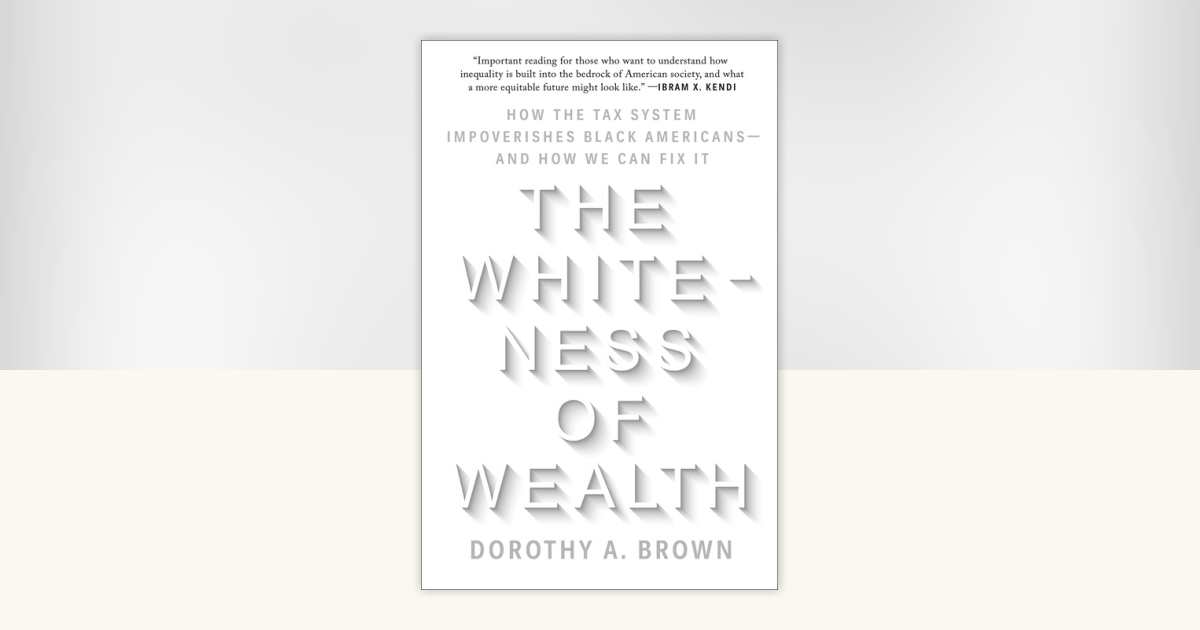As we are moving toward the holiday season, we want to pause and express our gratitude to each of you for staying in the work in the face of challenges to our collective humanity & fight for justice.

Let’s talk nonprofit income
Whoo hooo – it’s August! Is it too early to think about FY25 budgeting?
Never, we say! As we move solidly into the third quarter [or first quarter for many of you], we thought it would be a good time to ground in the cyclical nature of our funding – and practices you can solidify now to set yourself up for a good start to FY25 – and beyond.
Committed Funding
As finance folks, we know this time of year in an election cycle can feel very overwhelming. It’s worth carving out a bit of time though to make sure you have a good understanding of your income – what’s been committed so far. This includes an understanding of any multi-year commitments and ensuring any relevant receivables are booked. And this also includes reviewing your grant periods to ensure that you earmark any amounts saved for FY25 and beyond.
Here is an example
Let’s take a look at an example to illustrate (a quick note – this example is written from the perspective of those that operate on a calendar fiscal year. If you operate on a different fiscal year, the dates may shift but the concepts are largely the same):
Your nonprofit receives a general operating grant for $120k over 2 payments. You were notified in July 2024 of this gift and the period of the grant is July 2024 – June 2026. The payments are scheduled for July 2024 & July 2025. There are no restrictions to get the 2nd payment other than a program report.
How would this grant affect your books and your budget planning?
Accounting rules require that you would book that full $120,000 gift in 2024, and you’d apply that first payment that was received in July 2024. Accounts receivable for this gift would be $60k as of the end of FY24 and the payment you receive in July 2025 would be recorded against this receivable (aka promise to give). All of this would go into your Quickbooks.
Now for the fun part – your budget.
We like to look at this full $120k as really affecting 3 budget years – your current FY24, and future FY25 & FY26 budgets. Matching up with the grant periods helps align your expenses with the cadence of your funding (and when funders will likely renew).
Back to the example
Breaking up the 24 months of the grant period – we’d be looking at 6 months in FY24, 12 months in FY25 & 6 months in FY26. Doing the math quickly (we love math): $30k for FY24’s budget, $60k for FY25’s budget and $30k for FY26’s budget. So you can see this grant that was received in FY24 will mostly be spent from an internal planning perspective in FY25 & FY26. Right now, many of you are getting funding like this that may span into future periods, so it’s definitely worth taking a look at your funding now to make sure you have an ongoing understanding of committed funds.
Upcoming Funds
We’ve covered reviewing what’s been committed but we know there’s more funding coming in the door. The best way to get a grasp of what’s coming is communication with your development folks. Even through the election cycle, having a standing meeting with your development team is key. It’ll help you keep up on the exercise illustrated above so you have an ongoing understanding of amounts saved for future budgets. Even taking time for a 15 minute regular meeting can make a world of difference.
So you may be thinking – ok, great Fun with Financials. What if I am the development/finance team along with maybe even leading the organization?
We see and support you, and still encourage you to set this time aside to review and understand your funding. It’ll only help you when it comes to planning for FY25 and beyond, as well as being well prepped for your audit & tax returns.
Information is Everything
In order to go through these processes, we can’t stress enough how important it is to get the right information. Signed finalized grant agreements are an absolute must. You can see from the example – so much of that info comes from the agreements. You will also likely need them for the audit so make sure you get them from the development team and set up a good digital filing system. The ongoing communication between the finance and development team is absolutely essential.
There are different players that look at the funding in different ways – your ED, development, auditors, tax prep folks. Making sure the books are right (the receivables in the example above) and the funding is going against the right budgets (spreading those grant dollars over time in the example above) is a key knowledge bridge that you, with your beautiful finance mind, can bring to your organization.



